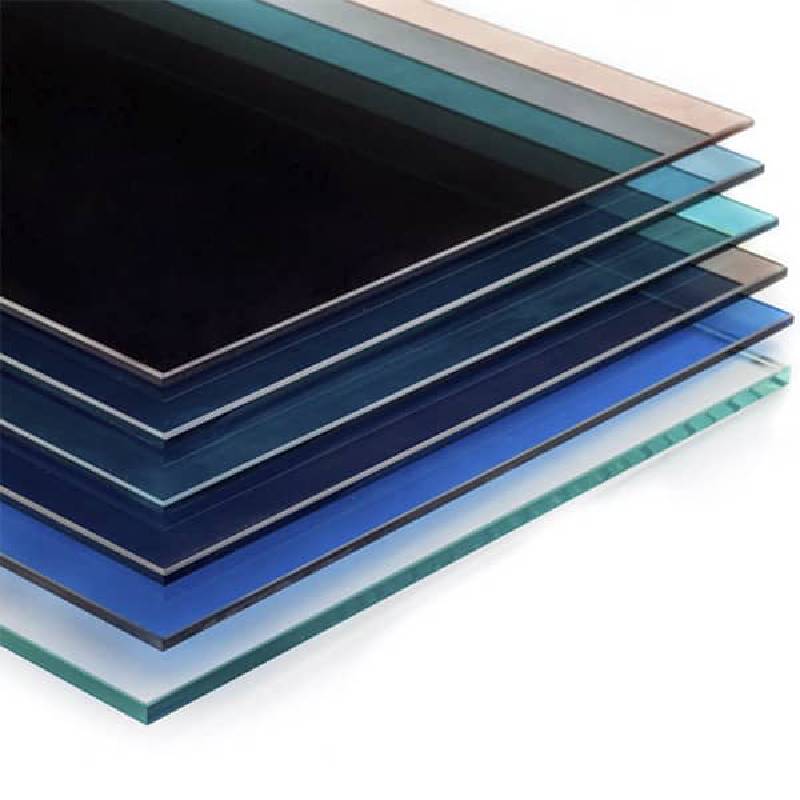The allure of glass with green tint lies in both its aesthetics and functionality, making it a sought-after option for various applications. From architecture to automotive, this unique glass type enhances the user experience by combining elegance with practicality.

When discussing the application in architecture, green-tinted glass provides both beauty and efficiency. Its subtle coloration adds a layer of sophistication to buildings, helping them stand out in urban environments. Architects often choose this glass for its ability to complement natural surroundings, creating a harmonious blend with landscapes. Moreover, the green tint effectively reduces glare and heat, contributing to energy-efficient building designs by minimizing cooling costs.
In the automotive industry, green-tinted glass serves not just a design purpose but also a functional one. The tint reduces solar gain, keeping car interiors cooler, which is a significant advantage in sunny climates. This utility extends beyond mere comfort, as it also safeguards the car’s interior from UV damage, thus preserving upholstery and electronic components, which aligns with the industry's sustainability goals.

In the realm of consumer goods, green-tinted glass bottles stand out on the shelves due to their distinctive appearance. This visual appeal is complemented by the glass's ability to filter light, protecting contents like wines and essential oils from degradation. As a result, these products maintain their quality and potency over time, offering a tangible benefit to consumers who prioritize longevity and quality in their purchases.
The medical field also finds value in green-tinted glass. Laboratories often use it to store sensitive samples that require protection from direct light. The material's inherent ability to filter harmful light wavelengths ensures the integrity of substances like pharmaceuticals, chemicals, and other light-sensitive solutions, thus upholding the quality and reliability that is critical in medical environments.
glass with green tint
One must not overlook the ecological benefits of opting for green-tinted glass. The production process can incorporate recycled materials, reducing the overall environmental impact. Glass manufacturers increasingly focus on creating sustainable products to meet the growing demand for eco-friendly options. This environmental consciousness not only appeals to green-minded consumers but also aligns with global sustainability targets, further enhancing the credibility and trust in brands that utilize green-tinted glass.
The expertise involved in producing green-tinted glass is nothing short of remarkable. It requires precise control over the chemical composition and tinting processes to achieve the desired hue and functionality. Manufacturers employ state-of-the-art technology to ensure consistency and quality, reinforcing their authority in a competitive marketplace.
Trustworthiness in the market is reinforced by compliance with international standards for quality and safety. By adhering to these regulations, manufacturers guarantee that their green-tinted glass products are reliable and safe for all intended uses, whether in buildings, vehicles, or consumer goods. This compliance not only builds consumer confidence but also establishes long-term relationships with clients who value reliability and excellence.
In summary, the multifaceted advantages of glass with green tint span aesthetics, functionality, sustainability, and safety. Its application across various industries underscores its versatility, while the technological expertise behind its production ensures high-quality, reliable products. For consumers and professionals seeking a blend of elegance and practicality, green-tinted glass emerges as a trusted choice, backed by expertise and a commitment to sustainability.



